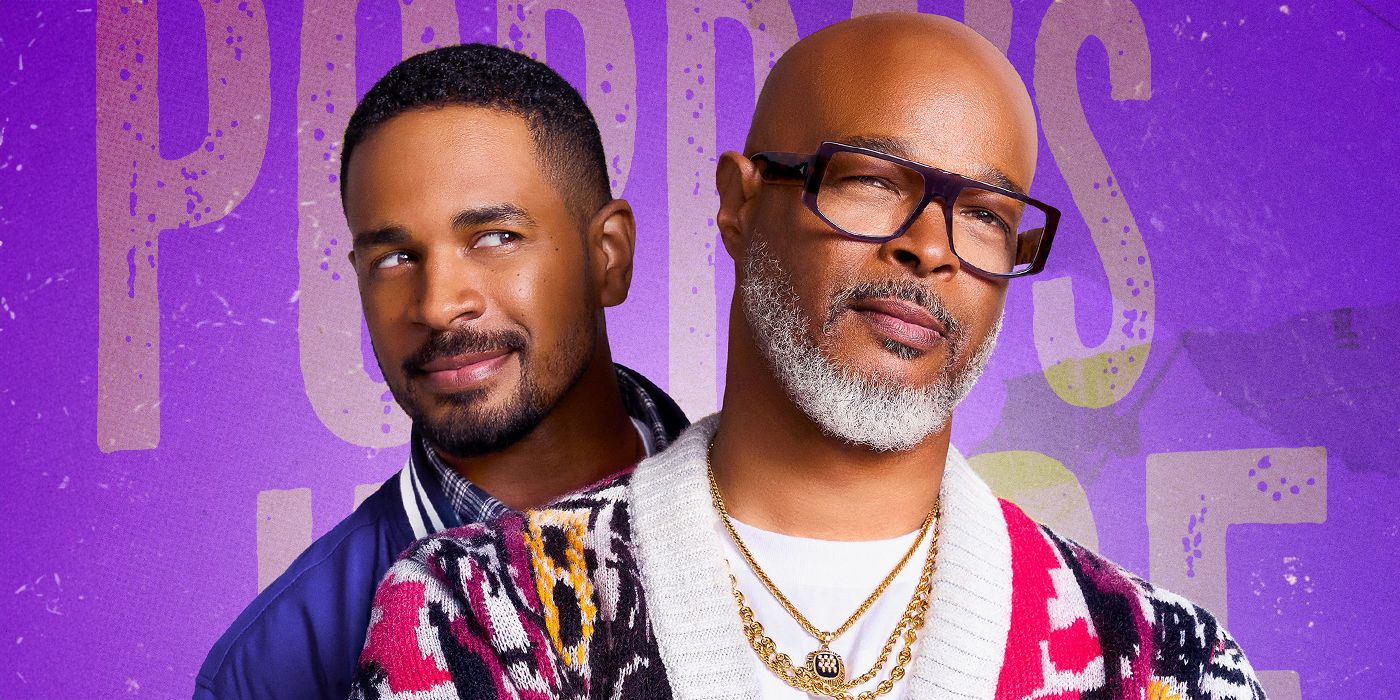
How Did Arya Stark Get Her Face Altered?
The faceless assassin of Westeros - Arya Stark’s transformation into a skilled killer was one of the most iconic moments in the Game of Thrones series. As we revisit this pivotal scene in our pop culture nostalgia, it’s time to reexamine the behind-the-scenes magic that led to her distinctive disfigurement.
In 2008, during the height of Arya Stark’s storyline, the showrunners decided to introduce a faceless assassin as a plot device to further explore themes of identity and morality. The character of Jaqen H’ghar was first introduced in Season Two, with his services rendered by removing faces for those seeking anonymity or revenge. It wasn’t until Arya Stark’s journey that the concept gained significant traction.
Arya’s transformation into a faceless assassin was largely influenced by her desire to escape her past and find a new sense of purpose after witnessing her family’s brutal murder at the hands of the Lannisters. As she delved deeper into the world of assassins, she became increasingly obsessed with erasing her own identity in order to better blend in with her surroundings.
The process of face alteration was meticulously planned by the showrunners and makeup artists, led by the legendary Ve Neill, who is renowned for her work on iconic characters like Alice in Wonderland’s Queen of Hearts. The elaborate prosthetics required multiple hours to apply every day, as Arya’s face needed to be reshaped and remolded to accommodate the intricate designs.
One can’t help but wonder if this deliberate facial transformation was an attempt by the showrunners to distance themselves from Sansa Stark’s own plight - a woman forced into societal pressures that dictated her appearance and ultimately led to her brutalization. Arya, on the other hand, took control of her own destiny by embracing the faceless assassin lifestyle.
This narrative thread has sparked debate among fans: was Arya’s transformation merely an artistic choice or did it hold deeper symbolism? Did she truly shed her identity, or was she simply altering herself to navigate a world where vulnerability was seen as weakness? Her journey forces us to confront these same questions about our own sense of self and the societal expectations that surround us.
In recent years, we’ve witnessed similar narratives in popular culture - characters opting for tattoos, piercings, or even more drastic measures like facial implantation. This newfound interest in body modification may have originated from the resurgence of 90s grunge and alternative styles, but it also speaks to a broader cultural shift towards self-expression.
Fast forward to today’s pop culture landscape: social media has given us an unprecedented platform for exploring individuality through our physical appearance. The internet is replete with accounts showcasing various forms of body art and self-expression - some people proudly flaunting their tattoos while others share their journey of self-discovery through more unconventional means like facial piercings.
But beneath the surface of all this self-expression lies an intriguing question: what does it truly mean to be ourselves? Arya’s transformation raises a compelling point about identity - one that challenges our understanding of personal freedom and autonomy. Do we genuinely shed our true selves in order to conform, or do we intentionally alter our appearances as a means of embracing who we are?
It is worth pondering this same inquiry when looking at our own lives: Are we genuinely expressing ourselves through the choices we make about our appearance? Or are we adhering to societal norms and expectations that dictate what’s considered ‘acceptable’ in terms of style or expression?









